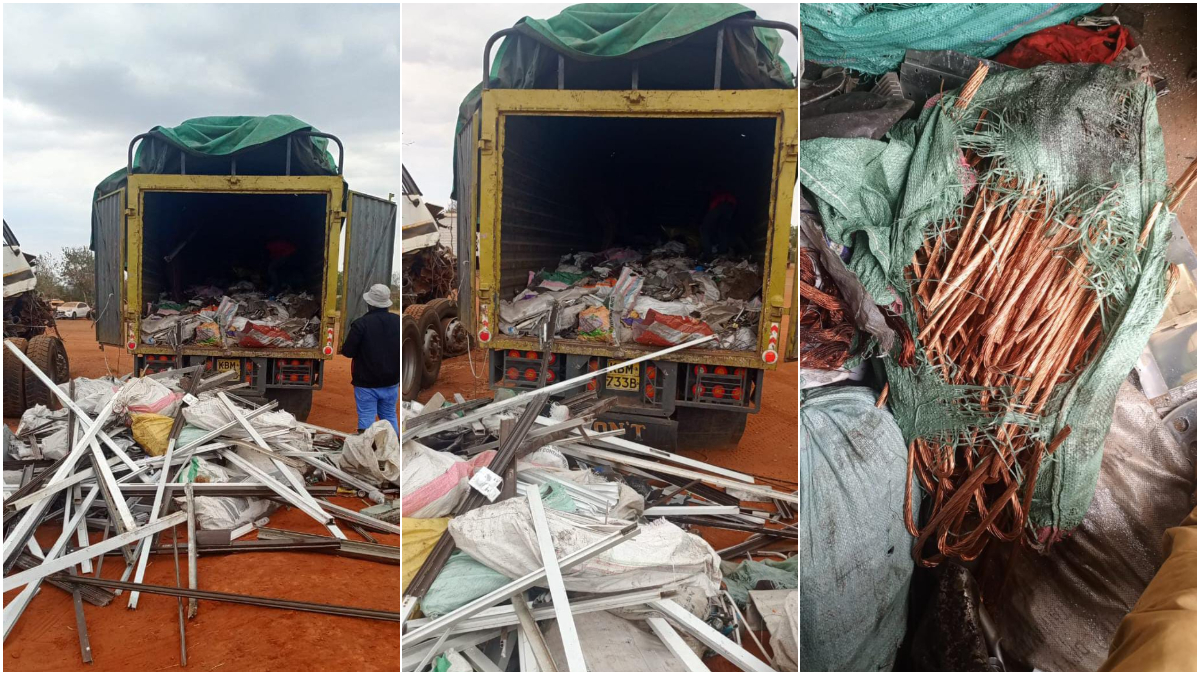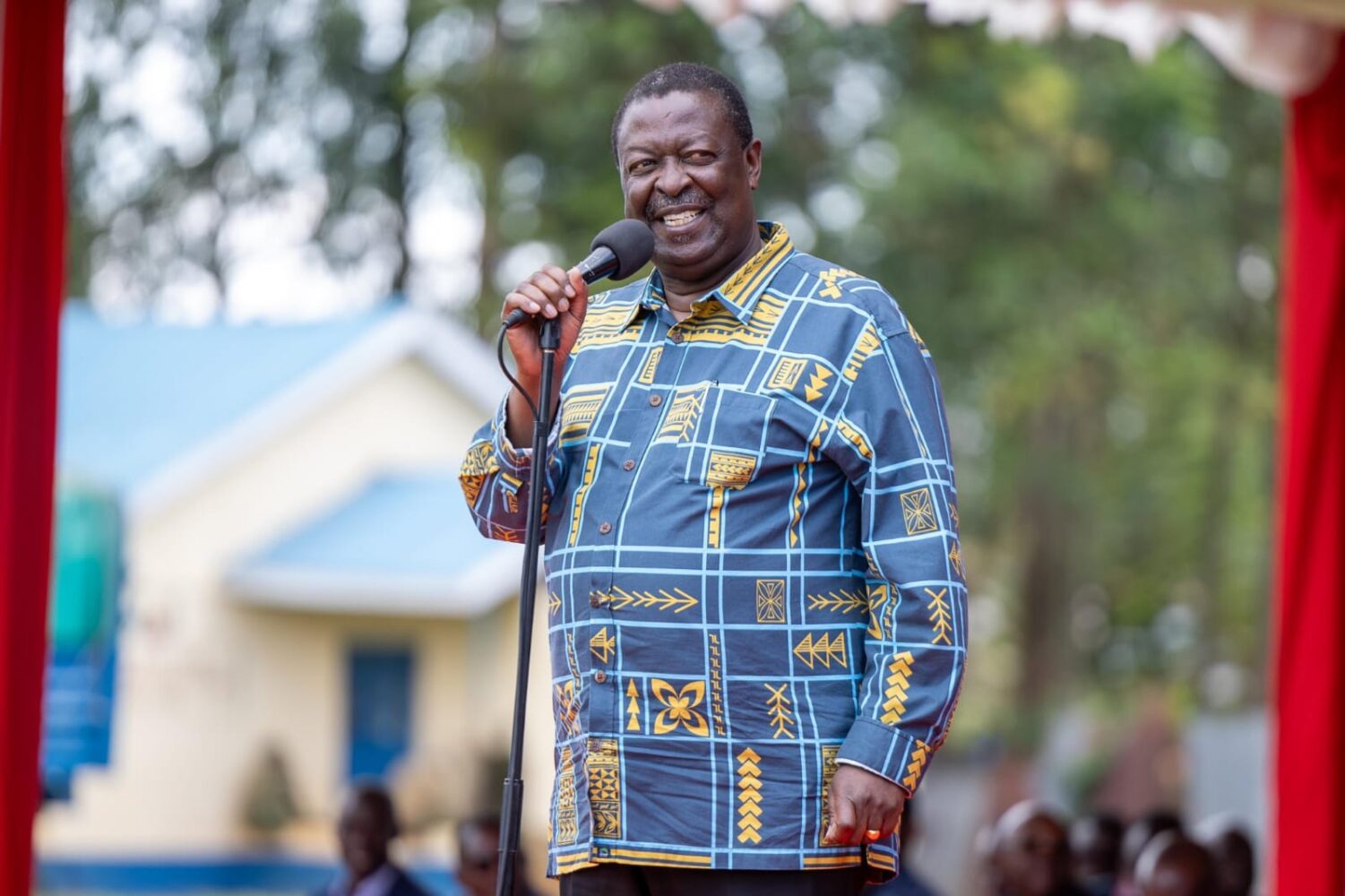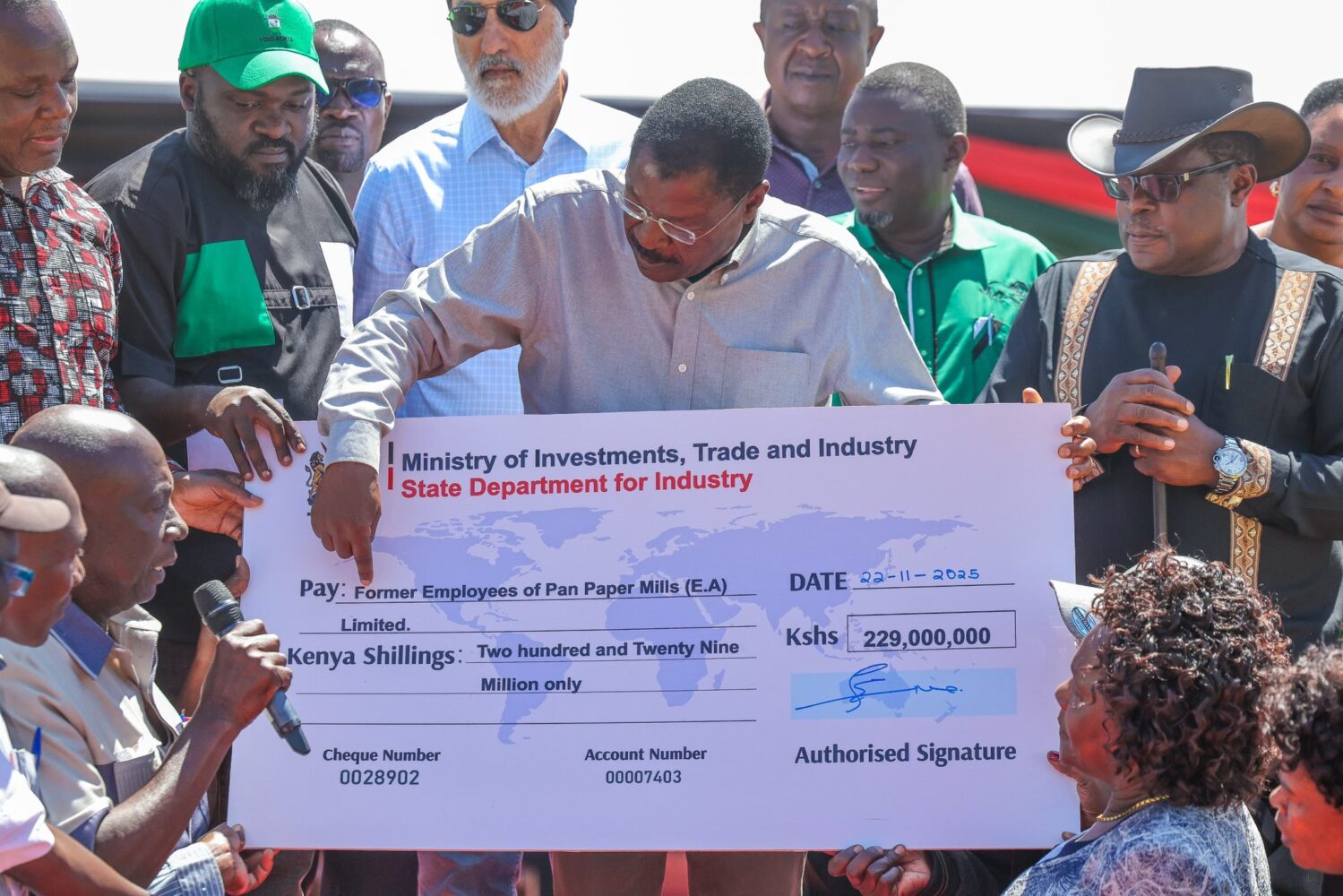In a dramatic twist along the bustling Mombasa–Nairobi Highway, detectives from the DCI Mtito Andei on 5th October 2025 intercepted a seemingly ordinary lorry, motor vehicle KBM 733B, reportedly ferrying scrap metal from Malindi to Nairobi.
What appeared to be a routine consignment, however, concealed a shocking truth—nearly four tonnes of Kenya Power and Lighting Company (KPLC) transformer components and electric cables, cunningly disguised beneath heaps of rusted iron.
The driver, Kenneth Mwangi, and his associate, David Tanui, were unable to produce valid KPLC documentation when questioned. Their alleged attempt to bribe the officers only deepened suspicion. Unmoved, the officers stood firm against corruption, secured the vehicle, and reported the incident for further investigation.
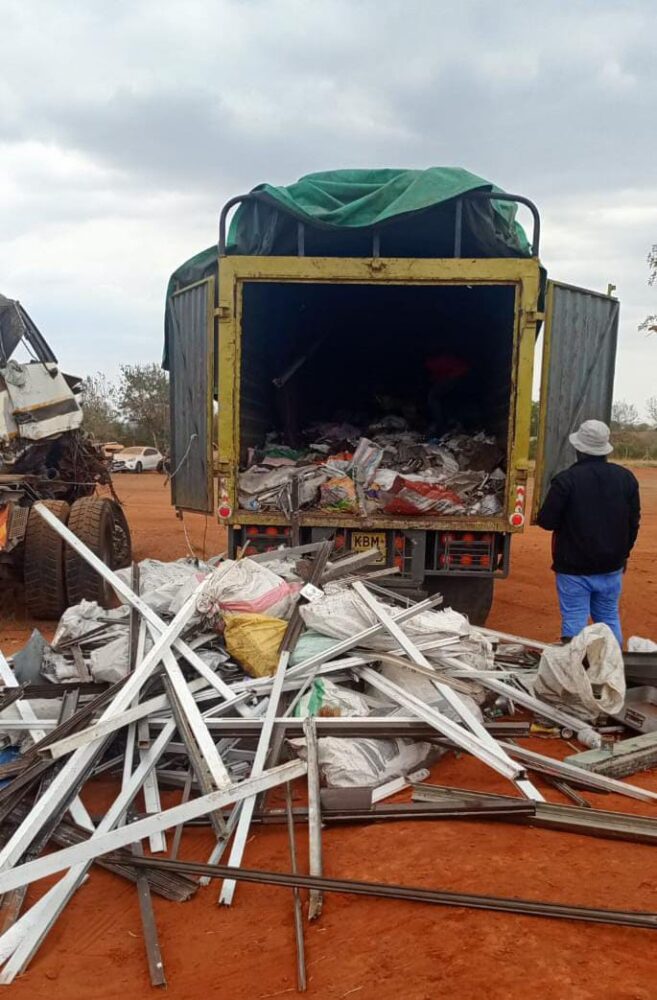
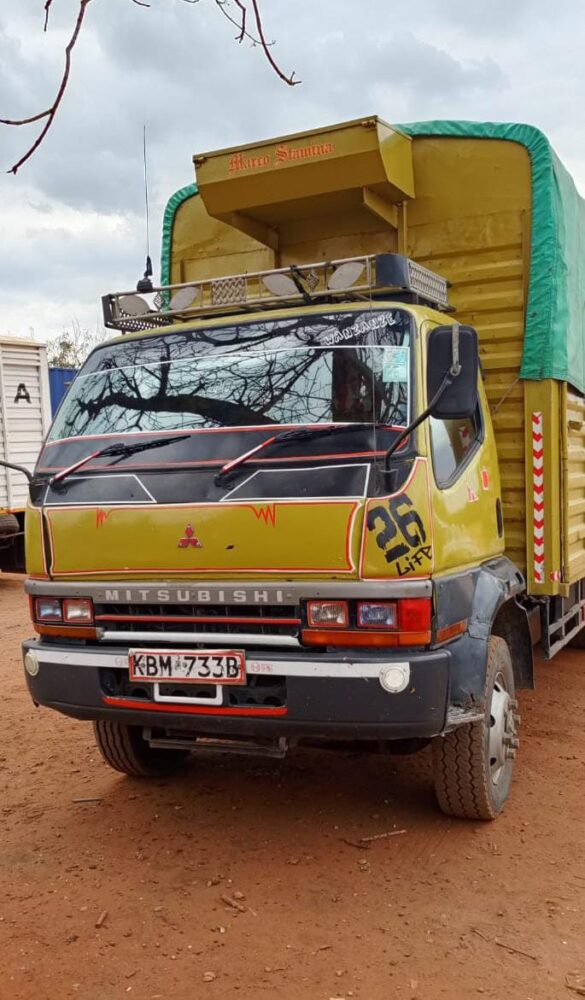
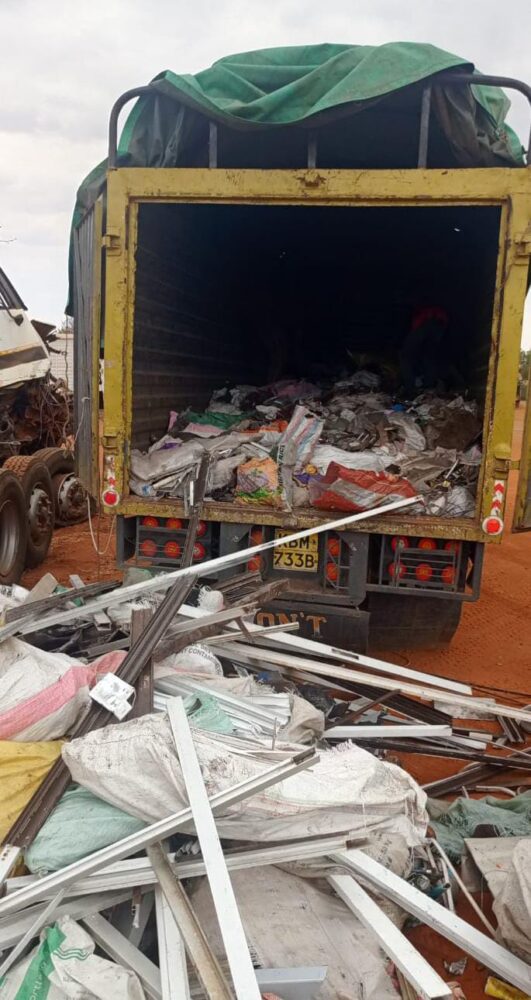
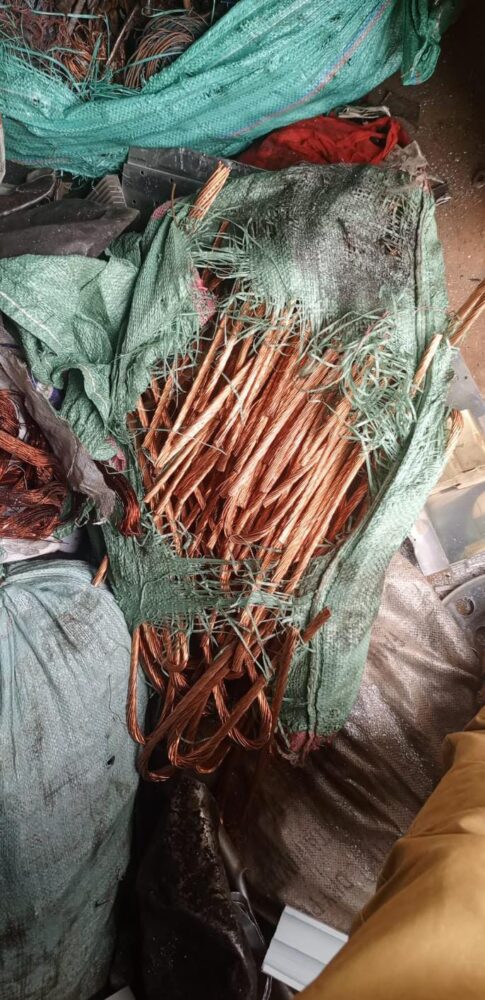
Preliminary findings point to a well-coordinated vandalism and illegal trade network targeting critical power infrastructure. Such operations have cost KPLC millions in losses and caused widespread electricity disruptions across the country.
Following their arrest, the suspects were arraigned before the Makindu Law Court on 6th October 2025 and remanded for seven days to allow comprehensive investigations.
KPLC has since been notified to verify the ownership and authenticity of the seized materials.
Authorities have recommended that the power utility company conduct a full audit to trace the origin of the recovered components and that the suspects face prosecution under the Energy Act (2019), Penal Code (Cap 63), and the Scrap Metal Act (2015).
The case, slated for mention on 14th October 2025, has cast a spotlight on Kenya’s ongoing war against infrastructure vandalism, a silent yet costly crime that drains national resources.


